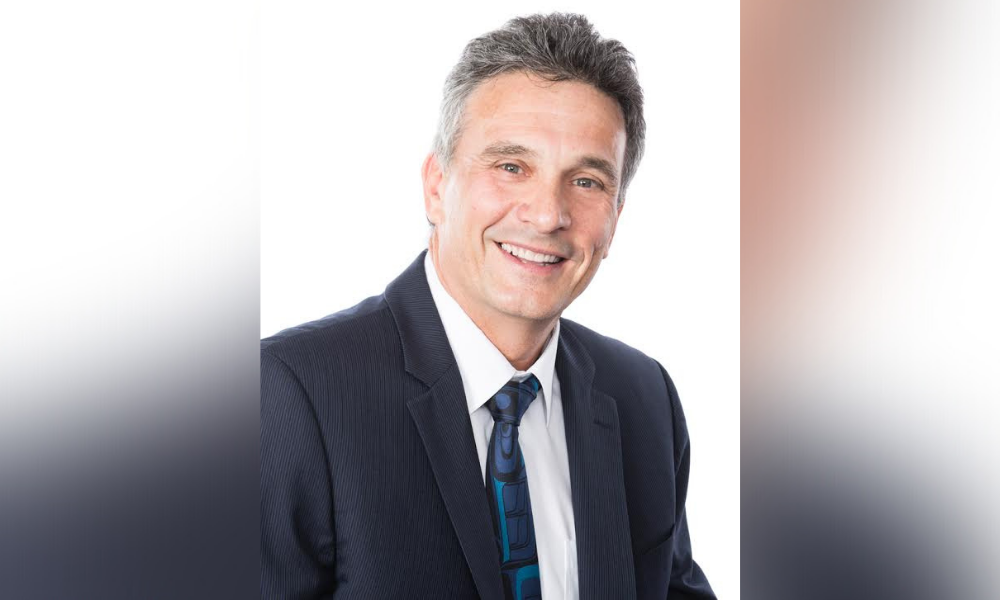'It should just become part and parcel of your processes'

For employers that wish to honour and respect First Nations people who lived in Canada before Europeans arrived, stating a land acknowledgement message before a meeting is an excellent way to do so, according to one Indigenous expert.
“When you do an acknowledgement, you’re touching a very important component of reconciliation where you’re starting to learn about the traditional lands of people, the history of those people,” says Kelly Lendsay, president and CEO of Indigenous Works in Saskatoon. “It should just become part and parcel of your processes.”
The organization offers webinars and resources on how to best create an acknowledgement which doesn’t really involve a lot of effort, says Lendsay.
“Companies are doing this on their website, they’re doing it in PowerPoint presentations, they do it verbally when they’re on Zoom calls. I’m speaking today from Treaty 6 in the Métis homeland of Saskatchewan. I’m in Saskatoon today so I just did a land acknowledgement. They can literally take 10 seconds.”
The practice has moved mainstream in recent years, according to Lendsay, especially in corporate, political and post-secondary circles but it has been practiced even longer in Indigenous communities.
“If you go to someone else’s territory, Indigenous people would acknowledge and thank the host for being on their territory so land acknowledgement was something that Indigenous people have been doing in Canada generally amongst Indigenous people, it’s been there for thousands of years.”
Getting started on land acknowledgement
For HR departments, it’s key to do some pre-planning to craft a good message, he says.
“Some companies will organize a committee or they’ll charge the human resource or sometimes the diversity inclusion group or they’ll work with Indigenous and Northern Affairs Canada, to start to structure the wording for land acknowledgement. You need to do a bit of homework in terms of which territory you are going to acknowledge.”
But for larger organizations, the acknowledgement message might be longer than average, depending on where they are located.

Kelly Lendsay
“Where it becomes interesting and a little more complex for companies is if you work across the province of Ontario or your work across Canada, your land acknowledgement is more complex. In Toronto, you’d say: ‘I’m speaking to you from the Mississaugas of the New Credits in the Métis homeland of Ontario’ but you’d have to look that up to see what are the traditional territories of that region,” says Lendsay.
“There’s a bit of homework, there are some resources that we have on our website where you can go that are starting to articulate the regions: they’re not always super accurate but there are some online resources to help companies with developing this.”
Five to 10 years from now, the practice will be commonplace, he says.
“Companies are pragmatic; they want to do the right thing and… this is an educational process. You can train people on land acknowledgement and then people go: ‘Thank you very much, you just accelerated my learning curve.’”
In an effort to address system inequities and barriers faced by Indigenous persons in the tech industry, SAP Canada recently became the first organization to sign on to a new initiative. The Moving Beyond Inclusion: Partnerships and Reconciliation Project was launched by the First Nations Technology Council (FNTC).




